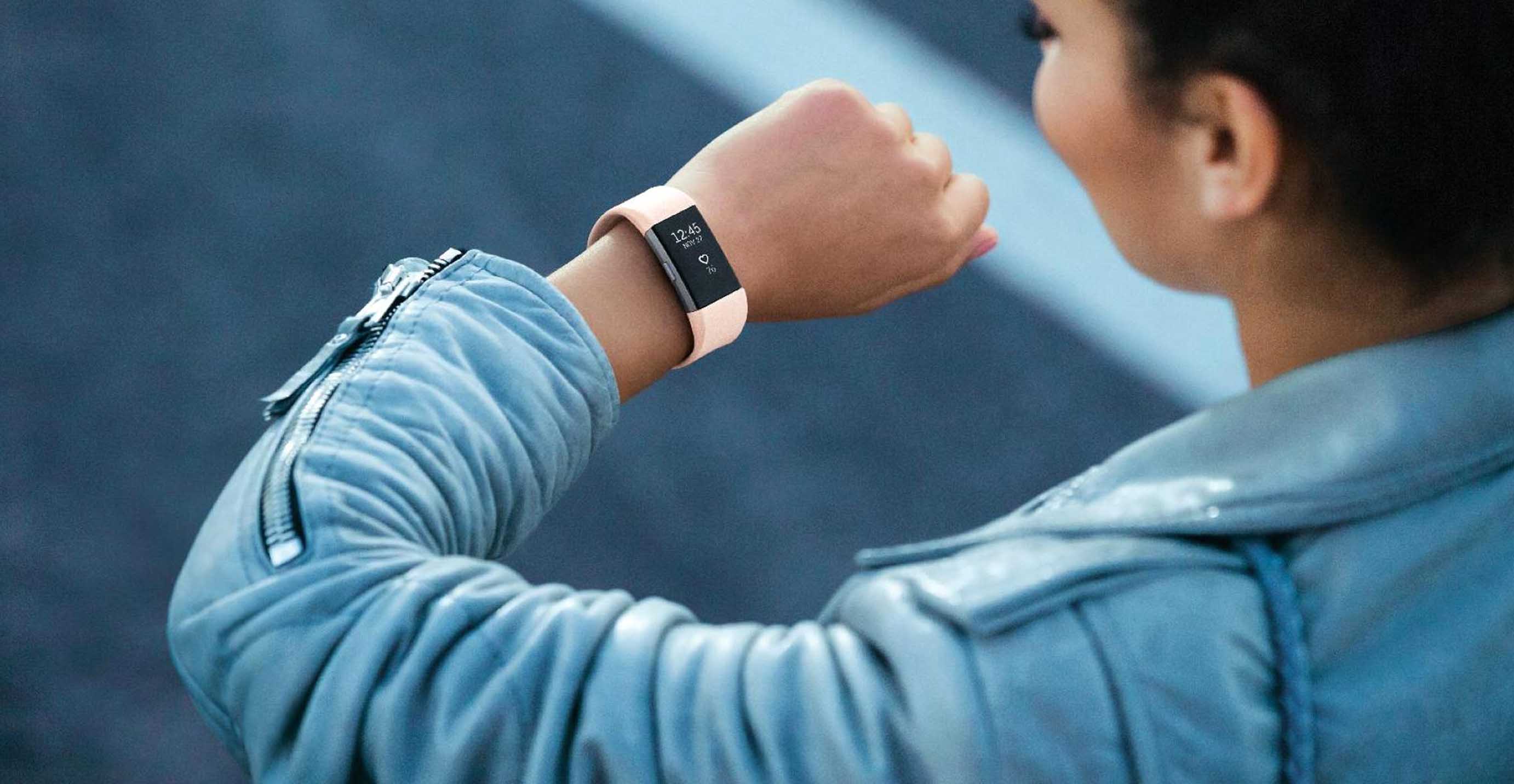In addition sticking to a strict diet regimen and keeping track of what they are consuming, the worst part about diabetes is the periodic insulin injection. Nobody likes getting pricked by a needle, let alone every time there is a sugar spike in the body. Therefore, the skin patch now has created to control diabetes that just gives patients their insulin fix without any needles.
The efforts at making diabetes manageable for all is turning to provide results as researchers at the NIH’s National Institute of Biomedical Imaging and Bioengineering (NIBIB) have developed an alternative therapeutic approach to control diabetes that regulating blood sugar levels for people with type 2 diabetes using a wearable skin patch.
 To control diabetes involves a painless procedure wherein you could have the patch replaced once its effects wear off though one patch is good enough to last for days or weeks at a time. The patch is an innovative approach in delivery of insulin that makes use of a biochemical formula of mineralized compounds that interacts with the bloodstream to regulate blood sugar.
To control diabetes involves a painless procedure wherein you could have the patch replaced once its effects wear off though one patch is good enough to last for days or weeks at a time. The patch is an innovative approach in delivery of insulin that makes use of a biochemical formula of mineralized compounds that interacts with the bloodstream to regulate blood sugar.
The skin patch is made of a naturally occurring Alginate, a gum-like natural substance extracted from brown algae. This is mixed with other insulin stimulating agents and is delivered via micro-needles into the blood stream when the insulin levels drop, thereby avoiding the need for painful and unpleasant ritual of daily injections that becomes unavoidable in every chronic diabetes patient’s life.
The alginate formula is made of a two drug compound called exendin-4 and glucose oxidase. The two compounds found in the patch then react with the blood chemistry to trigger insulin secretion. The addition of a phosphate mineral particle stabilizes the compound until it is needed in the blood stream.
When sugar levels in blood gets elevated beyond a preset limit, it triggers a reaction with copper phosphate and glucose oxidase present in the patch which causes slight acidity which triggers the calcium phosphate to release some exendin-4. This causes the release of insulin into the blood stream which naturally regulates the blood glucose levels. This method of insulin release is responsive unlike the previously invented patches that could only constantly release the chemical trigger and not “only when required.”
Once the sugar level in the blood drops to the healthy limit, the patch realizes it has to stop the release of exendin-4. This process is called responsive, or smart-release, which puts it well ahead of previously invented insulin patches. More product development and testing would ensure that the patch is compatible for use in daily life, for instance allowing for showering or sweating.
Richard Leapman, Ph.D., NIBIB Scientific Director said in their official press release that this experimental approach could capitalize on the fact that people with type 2 diabetes can still produce some insulin. Leapman also said that being “less complicated and painful” than the traditional insulin injection, a weekly micro-needle patch would also reduce the need for frequent blood testing.
A half an inch square patch can contain enough medication for a week in the tests carried out on mice. The patch is stages of development and will be made ready for testing in humans soon. We can expect to buy them off counter shelves probably in another six months’ time, if all goes well and can be a permanent solution to staying off insulin injections.




























